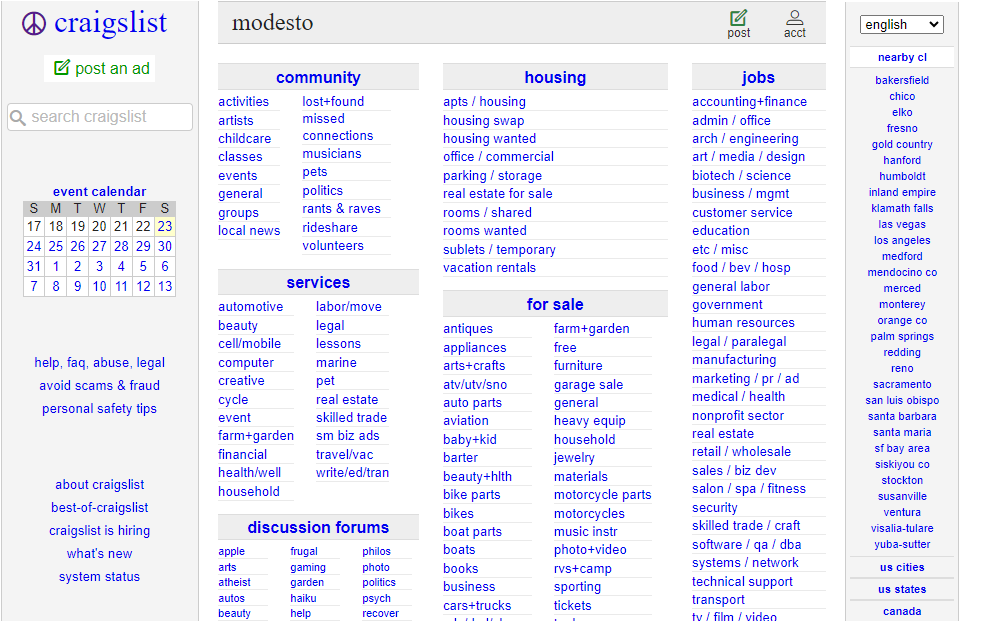You need a unified organizational voice to establish trust with your potential customers. But this can be a tall order if you manage a large company or work in an information-dense field. You have a content team, a marketing department, and sales and customer service pushing out messaging.
You must ensure all the materials you put out into the world are up to date and on brand. You also have to think about tone, images, and even grammar. With so many people to manage, it can be tough to maintain a consistent voice. Here are some tips that can prevent your business from sending mixed messages.
1. Provide Your Content Team With the Necessary Resources
If you have an in-house content team, make sure they have the resources they require. Ask them whether they have what they need and hire additional help or invest in new tech tools if necessary. To acquire all the talent the job demands, consider outsourcing technical writing services. You need experienced writers continuously crafting and sharpening your brand voice.
Encourage your content creators to work closely with other departments to avoid siloed thinking and keep messaging consistent across teams. Think also about assigning a small team to review all outgoing content for consistency. They can monitor writing not just from your content team, but marketing, sales, and other departments.
Even with strict messaging guidelines, small variances can create an external perception of inconsistency. But with one team’s eyes on everything, you’re more likely to sound like one cohesive entity. Some small companies may rely on one person for this, but keep an eye on their workload to prevent bottleneck-related slowdowns.
2. Keep Brand Assets Organized and Accessible
One of the simplest changes is making it easier for employees to find brand assets. This means creating shared internal databases of documents employees can recycle whenever necessary. Your team should easily be able to pull up facts, figures, or useful key phrases from a central digital location. They also need quick access to up-to-date visuals like logos, graphics, color schemes, and photos.
Shared access to a Dropbox or Google Drive might be enough, or you may require more advanced technology. If your company publishes a lot of technical writing or independent research, consider a component content management system. Such tools provide a place to store, organize, and update individual components like charts, graphs, stats, and infographics. Since assets are managed on a component level rather than as documents, you avoid version control and cutting-and-pasting errors.
Organization can be about more than just assets — it can also be about timing. If you publish often, think also about automating your content calendar. Posting on a regular schedule can drive up search traffic and teach prospects to rely on you for great content.
3. Refine Your Style Guide and the Voice Behind It
Revisit your company style guide, if you have one, or write one if you don’t. You need a document that defines your company’s public persona and how all employees should express it. When crafting new messaging, your teams should be trained to adhere to these guidelines. Your style guide can include everything from tone (casual vs. formal) to grammar (“our company never uses an Oxford comma”).
Make sure all employees understand the style guide, and deploy it for all outgoing communication. As part of that, be clear on how you want your audience to perceive your brand. Consider whether you want your voice to sound fun or authoritative.
This effort could include some qualitative market research to determine what demographics you’re winning with and why. Who are your customers and prospects, and how do they like to be spoken to? What do they care about? Once you’ve answered these questions, you can develop a voice that will help you connect with them on a deeper level.
4. Invest in the Right Technologies
Nearly every team or organization needs content and project management software. Programs like Asana and ClickUp can prevent a great deal of uncertainty and inadvertent crossing of wires. Companies with a lot of graphics or data to manage should consider a brand asset management system or the aforementioned CCMS. These solutions can be more efficient for storing images, charts, and other elements than typical methods of shared file storage. They are a significant investment, though, so you’ll want to research them carefully before committing.
You may not think of it as a brand messaging tool, but your customer relationship management system also factors heavily into brand voice. Keeping up-to-date profiles on your customers and prospects can help you tailor your marketing without sacrificing consistency.
Finally, there are numerous ways to use artificial intelligence to stay on message. AI tools can analyze thousands of documents for grammatical consistency in a matter of minutes. More advanced versions can even spot subtle changes in tone or generate a brand voice from the ground up.
It’s OK to Play It a Little Safe
Since content teams tend to be staffed with creative people, there’s often a temptation to keep reinventing the wheel. Instead of fruitfully repurposing tried-and-true phrases and concepts, workers try too hard to create messaging from scratch. Sure, it’s important to keep content fresh and innovative, but without effective systems for streamlining messaging, there’s the risk of confusing your customers.
To keep your content exciting without obfuscating your brand’s mission and vision, don’t shun a reasonable amount of repetition. Small changes — like timely updates to mostly evergreen blog posts — can make a big impact for your brand.
And this should go without saying, but don’t make any content choices that are wildly inappropriate for your brand ethos. Just because everyone else is producing TikTok lip sync videos doesn’t mean they’re right for you. When you’ve established your voice and your well-resourced content team can speak it, you’ll never have to worry about not keeping your story straight.







Add Comment